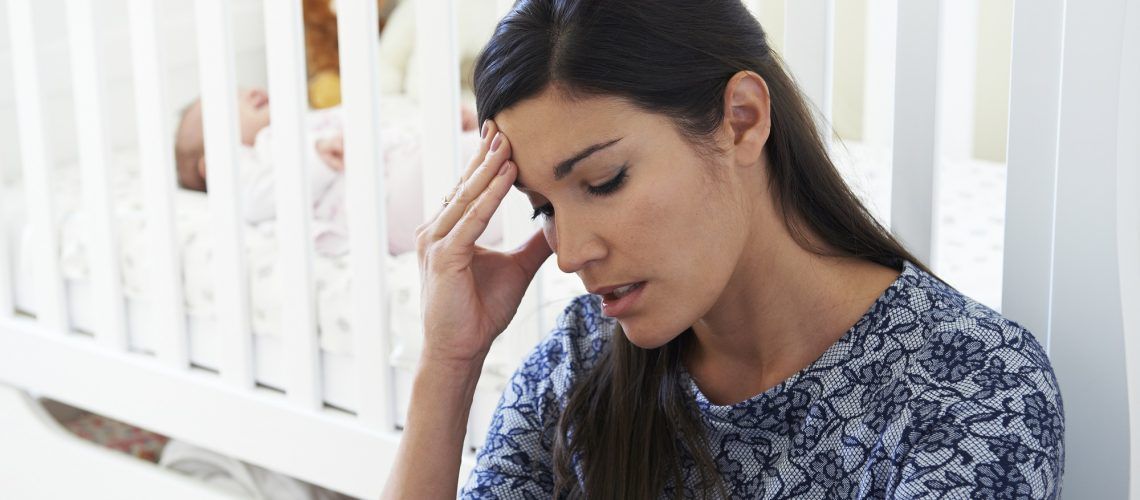Join others in the Postpartum Group today.
Women are vulnerable to mood disorders – specifically depression – during the postpartum period. Also known as PPD, this disorder is often confused with the ‘baby blues’, which are a normal, but mild feeling of general weepiness and stress experienced in the first few days following delivery. However, postpartum depression is very different from the baby blues, though many women and their families are unsure how to differentiate the two.
For that reason, Postpartum Support International has declared May as Postpartum Depression Awareness Month. The proclamation is designed to raise awareness of postpartum depression as a serious mental health problem affecting an estimated 15 percent of all women in the weeks and months following the birth of a child. Understanding the difference between the baby blues and PPD can directly affect whether a woman seeks help for her illness or continues living with its symptoms.
What are the Baby Blues?
The baby blues affect approximately four in five women and are widely contributed to sudden postpartum hormonal changes, sleep deprivation, and the activity that surrounds the birth of a child. Most women with the baby blues feel happy most of the time, with only sporadic moments of sadness, crying, irritability or confusion. These symptoms are typically very mild, peaking approximately 5 days after delivery and disappearing within two weeks after birth. Women with baby blues often feel relief when they take time for themselves, leave their homes for a few minutes each day, and accept help from friends and family with the new baby.
PPD: When Baby Blues Don’t Stop
When a woman experiences symptoms that worsen and the amount of time depressed persists past two weeks anytime during the first year postpartum, she is likely to have postpartum depression. Women with PPD have strong feelings of sadness that are ongoing and can last for a long period of time. Though it often begins in the first few weeks after delivery, postpartum depression can affect a woman at any point up to a year after a child’s birth.
Women with postpartum depression often feel they are bad mothers or alone in their feelings. The truth is 1 in 7 women develops some form of PPD. Women with a history of depression or a family history of mood disorders are at a heightened risk for developing PPD, as are women experiencing stressful life events or who feel little support from friends or family after the birth of a child.
It is important for any woman feeling strong feelings of sadness after delivery to speak with a doctor about PPD. Treatment is available, and many women feel better after seeking help. Left untreated, postpartum depression can worsen, resulting in physical, emotional and relational problems. The sooner a woman gets treatment for PPD, the faster she can begin feeling better for herself and her baby.
Resources:
American Psychological Association: Postpartum Depression
Postpartum Support International: Depression During Pregnancy and Postpartum







